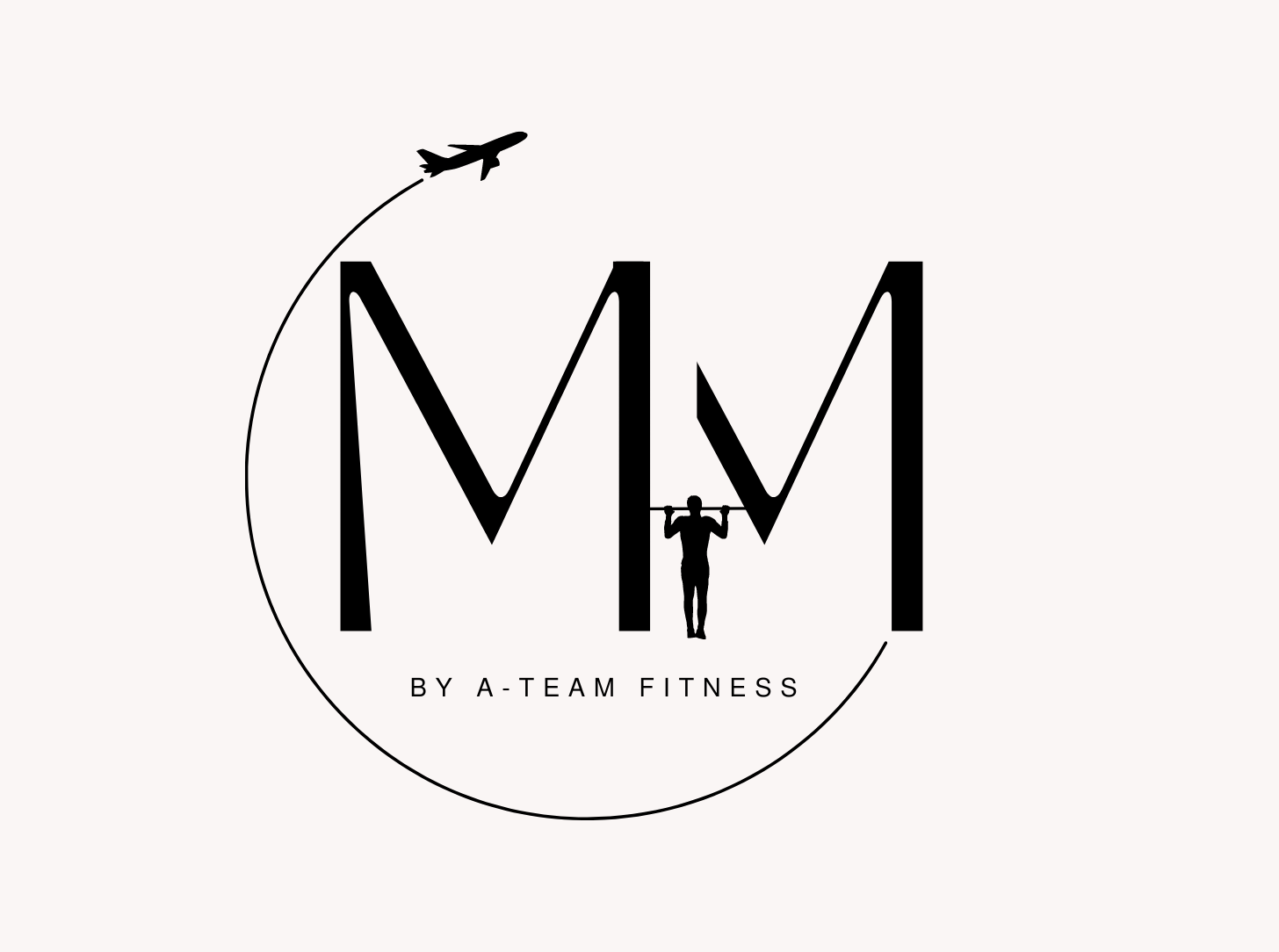Takeaway: When your body feels beat up, it’s tempting to skip the gym, but that’s when it matters most to show up. Instead of pushing through or doing nothing, adjust the intensity—lift lighter, focus on mobility, or shorten the session. Building consistency through those small adjustments is the real key to long-term progress and success.
How To Listen To Your Body Without Skipping Workouts
We’ve all heard the advice: “Listen to your body.” For most people, that phrase translates to skipping the gym when they’re feeling sore, tired, or unmotivated.
Let’s be clear: Rest is important—there’s no denying that.
But “listening to your body” doesn’t have to mean sitting on the couch every time you feel a bit off. There’s a way to honor how your body feels while still sticking to your workout routine.
In fact, this is a crucial element of consistency. In order to build the healthy habits to improve our lifestyle, repetition and frequency are king and queen.
You will often need to go to the gym when you’re not at your physical best.
Let’s look at an example of this concept in action:
My girlfriend wanted to go on a hike. I foolishly got up early the same day to complete a four mile run, thinking our hike would only be leisurely stroll through the woods.
That “leisurely hike” turned into an eight mile trek up the side of a mountain.
The next day, after covering the equivalent distance of a half-marathon, my body was a bit beat up. I could’ve easily used that as an excuse to skip my next workout, but instead, I took a different approach.
My workout was still on the schedule, so I was going to show up.
What It Really Means to "Listen to Your Body"
When you hear, “listen to your body,” I don’t want you to immediately conclude skipping the gym. Barring illness or injury, that shouldn’t be the answer.
What it does mean is adjust the intensity of your workout to match what your body needs on that particular day.
If you’re sore or low on energy, scale back. Maybe lift lighter weights, shorten your session, or focus on mobility and stretching instead of a full-blown workout.
The key is, you’re still there, you’re still showing up, and you’re still building the habit.
This approach strikes a balance between two important things: giving your body the rest it needs while reinforcing the discipline of sticking to your routine.
You’re not letting soreness or fatigue turn into an excuse to stay home, but you’re also not pushing yourself so hard that you end up injured or burned out.
The Importance of Consistency
Building a habit doesn’t just happen when you feel 100% ready to go. It’s forged on those days when you show up even when it’s hard—when your body feels tired, and your mind tells you to take a break.
By scaling the workout to match your energy level, you’re reinforcing the idea that you’re the kind of person who doesn’t skip workouts.
You’re prioritizing the long-term habit over the short-term discomfort.
And that’s where many people go wrong.
They think that listening to their body means avoiding the gym altogether. But every time you skip, it becomes just a little bit easier to skip again.
Before you know it, “listening to your body” has turned into a habit of avoiding discomfort, and that’s not where growth happens.
Practical Tips for Adjusting Your Workouts
If you’re feeling sore or tired but still want to stay consistent, here are a few practical ways to adjust your workout:
Lower the Intensity: Instead of your usual high-intensity workout, opt for a lighter version. Lift lighter weights, reduce the number of sets, or slow down your pace. You’re still moving, just with less strain.
Focus on Mobility: If your muscles are sore, take the day to focus on stretching, foam rolling, or doing yoga. These activities keep you in the habit of showing up while giving your body a break from high-impact movements.
Shorten the Session: Instead of skipping the gym completely, try a 20-30 minute workout instead of your usual full hour. You’ll still get the mental and physical benefits of movement without overdoing it.
Active Recovery: Go for a walk, swim, or bike ride. These low-intensity activities help with recovery while keeping you active and engaged.
Check In With Yourself: Before deciding to skip or adjust a workout, ask yourself if you’re genuinely fatigued or just unmotivated. Sometimes, a few minutes of movement is all you need to shake off the tiredness.
The Bottom Line: Show Up, Adjust, Repeat
The goal is to build the habit of showing up, even when you don’t feel perfect.
By adjusting the intensity when needed, you’ll stay on track without burning out or getting injured. In the long run, this approach leads to more consistency, better results, and a stronger, healthier version of yourself.
P.S. If you’re tired of falling off the wagon, click the button below to book a free fitness consultation with a member of our team.




